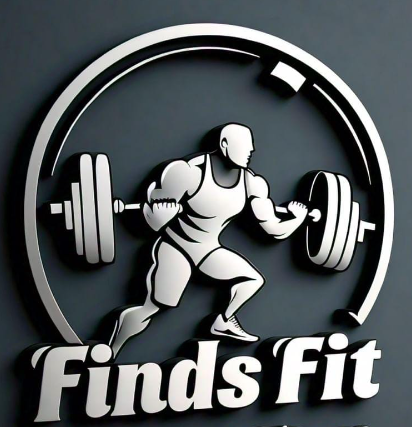Introduction to Soccer Balls
For every soccer player, from weekend warriors to professional athletes, the soccer ball is the most essential piece of equipment in the game. Not only does it define the game, but the type of soccer ball also impacts performance and enjoyment. In this comprehensive guide, we’ll explore everything you need to know about choosing the right soccer ball for your playing style and needs.
Understanding Soccer Ball Sizes
Soccer balls come in various sizes, and selecting the right size is crucial for appropriate skill development. Here are the standard sizes:
- Size 3: This is designed for young players under the age of 8. It has a circumference of 23-24 inches and makes handling easier for small children.
- Size 4: Ideal for players aged 8-12. This ball has a circumference of 25-26 inches, bridging the gap between junior and full-size balls.
- Size 5: This is the standard adult size ball and is used by players aged 13 and above. It has a circumference of 27-28 inches and is the official size used in professional leagues worldwide.
Types of Soccer Balls
Soccer balls can vary significantly in material and construction, each affecting the ball’s feel and the way it moves. Here are the most common types:
- Match Balls: These are high-quality balls designed for professional and competitive play. They are usually made of premium materials for optimal performance and durability.
- Training Balls: More durable than match balls, training balls are designed to withstand the rigors of regular practice. They are ideal for both individuals and soccer clubs.
- Indoor Balls: Made to have a reduced bounce, these balls are designed for indoor play. Their covering is softer to adapt to hard indoor surfaces.
- Beach Soccer Balls: These have a softer feel and are more lightweight to perform better on sand.
- Street Soccer Balls: These are extremely durable with a tougher exterior to withstand the rough surfaces of street play.
Material and Construction
The construction of a soccer ball greatly influences its characteristics. The main components are the bladder, which holds the air, and the cover, which impacts the touch and durability. Soccer balls are typically made from synthetic leather, PVC or PU, and have either stitched or glued panels. High-quality balls are stitched with cotton and polyester threads for enhanced durability and performance.
How to Choose the Right Soccer Ball
Choosing the right soccer ball depends on several factors:
- Level of Play: Match balls are best for competitions, while training balls are suitable for practice and casual games.
- Playing Surface: Choose a ball suited to the playing surface. Indoor, turf, and street soccer balls are designed specifically for different environments.
- Age Group: Ensure the size of the ball matches the age group of the players to help in skill development.
- Budget: Determine your budget. Training balls are more cost-effective, whereas match balls are more expensive but provide superior performance.
Conclusion
Whether you are an enthusiastic amateur or a seasoned professional, choosing the right soccer ball can significantly impact your game. Consider the type of play, the material of the ball, and who will be using it when making your choice. By understanding these aspects, you can select a soccer ball that not only lasts long but also enhances your performance on the field.
